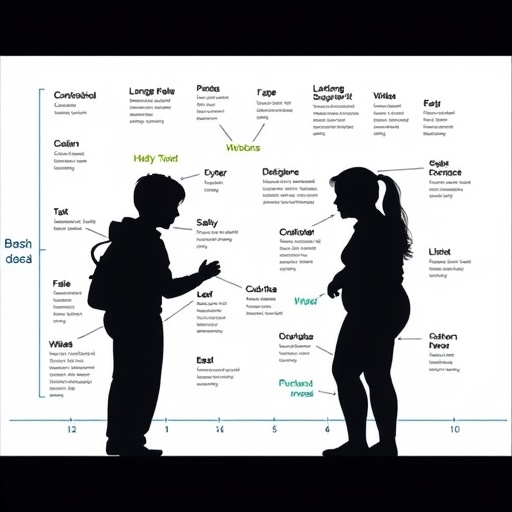Annapolis, MD; March 10, 2017–An emerging tool in the fight against tick-borne disease, host-targeted bait boxes employ a sneaky trick: turning some of ticks' favorite carriers–small mammals like mice and chipmunks–against them. And a new study in Journal of Medical Entomology shows an improved design has made such bait boxes an increasingly viable addition to integrated tick management practices.
Mice, chipmunks, and other small mammals are common hosts for the blacklegged tick (Ixodes scapularis), providing the ticks a home, food source, and means of spreading, all in one. Host-targeted bait boxes take the common rodent bait box design and add an extra element: a cloth wick soaked in tick-killing insecticide that the animal must contact on its way in and out of the box. Ticks that subsequently attach to the animal die after exposure to the insecticide.
Such bait boxes have been in production since 2002, but early designs left them prone to damage by squirrels and other large animals. In 2012, a new version, the SELECT Tick Control System (TCS) was introduced by Tick Box Technology Corporation (Norwalk, Conn.), featuring a two-piece metal cover to prevent such damage. That improvement appears to have greatly increased their viability, according to researchers at the Centers for Disease Control and Prevention and the Tick-borne Diseases Program in Monmouth County, New Jersey, who helped test the SELECT TCS boxes.
Their study, to be published next week in the Entomological Society of America's Journal of Medical Entomology, shows that the host-targeted tick control boxes significantly reduced the prevalence of ticks on residential properties where they were deployed. After four nine-week deployments, two each conducted in 2012 and 2013, tick abundance was reduced 97 percent in 2014 on treated properties.
"These results demonstrate that SELECT TCS may provide a significant reduction in exposure to host-seeking ticks, while reducing the use of pesticide compared with traditional area-wide chemical control," the authors of the study write.
The researchers deployed the bait boxes on 12 residential, woodland-adjacent properties in Ocean and Monmouth counties in New Jersey in 2012 and 10 properties in 2013. After placing the boxes, they returned periodically to measure whether and how many of the boxes had been visited by animals. Before and after the test periods, they also trapped mice and chipmunks to measure their tick infestations, on both the treated properties and on untreated land for comparison. The researchers also collected tick samples on the treated and untreated properties, before and after deployment of the bait boxes, to measure tick prevalence.
Because host-targeted bait boxes affect ticks in their larval and nymphal life stages, the method takes longer to affect tick populations than other management methods, the researchers note. And they also suggest further research is needed to measure the optimal density of boxes and their specific effect on the prevalence of disease such as Lyme and babesiosis in ticks and hosts.
But, the results of this study are promising, the study concludes. "SELECT TCS appears to offer an effective alternative, delayed efficacy notwithstanding, to the use of area application of acaricide in residential situations."
###
"Evaluation of the SELECT Tick Control System (TCS), a Host-Targeted Bait Box, to Reduce Exposure to Ixodes scapularis (Acari: Ixodidae) in a Lyme Disease Endemic Area of New Jersey," by Terry L. Schulze, Robert A. Jordan, Martin Williams, and Marc C. Dolan, will be published in the Journal of Medical Entomology on March 16, 2017. Journalists may request advance copies via the contact below.
CONTACT: Joe Rominiecki, ESA manager of communications, [email protected], 301-731-4535 x3009
ABOUT: ESA is the largest organization in the world serving the professional and scientific needs of entomologists and people in related disciplines. Founded in 1889, ESA today has over 6,000 members affiliated with educational institutions, health agencies, private industry, and government. The Society stands ready as a non-partisan scientific and educational resource for all insect-related topics. For more information, visit http://www.entsoc.org.
Journal of Medical Entomology publishes research related to all aspects of medical entomology and medical acarology, including the systematics and biology of insects, acarines, and other arthropods of public health and veterinary significance. For more information, visit http://jme.oxfordjournals.org/, or visit http://www.insectscience.org to view the full portfolio of ESA journals and publications.
Media Contact
Joe Rominiecki
[email protected]
301-731-4535 x3009
@EntsocAmerica
http://www.entsoc.org
############
Story Source: Materials provided by Scienmag




